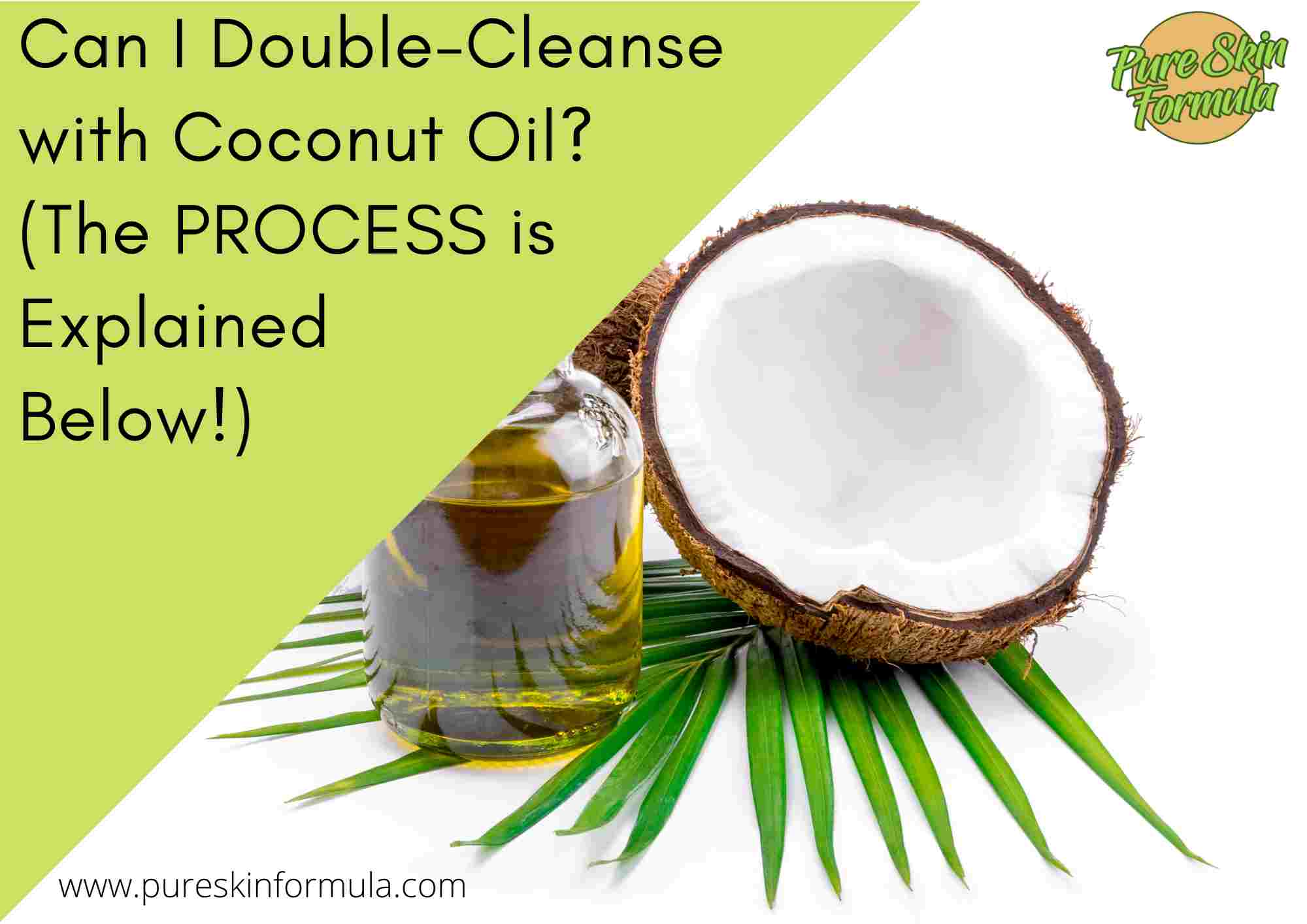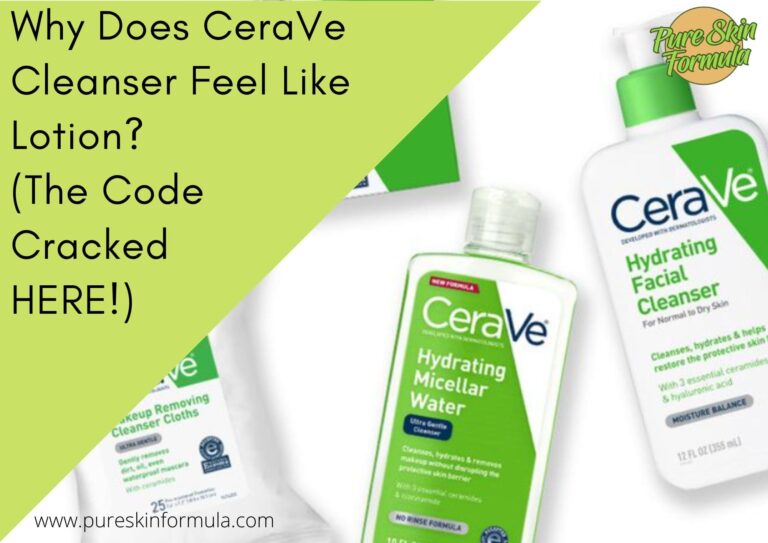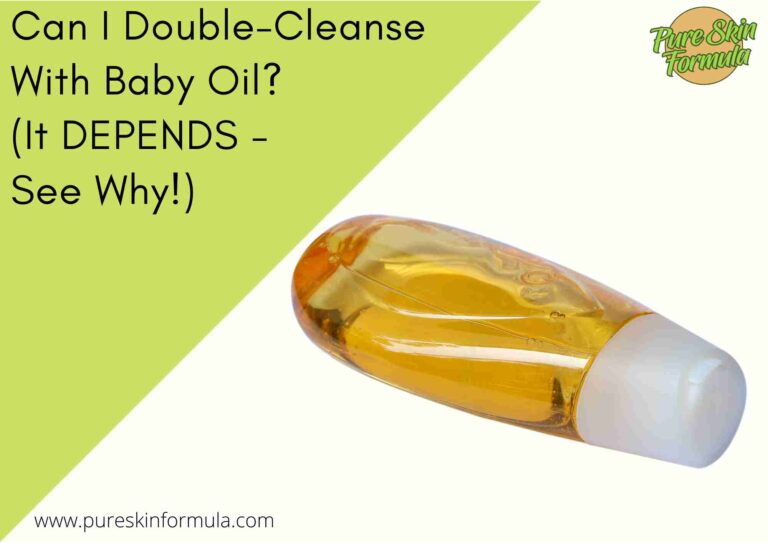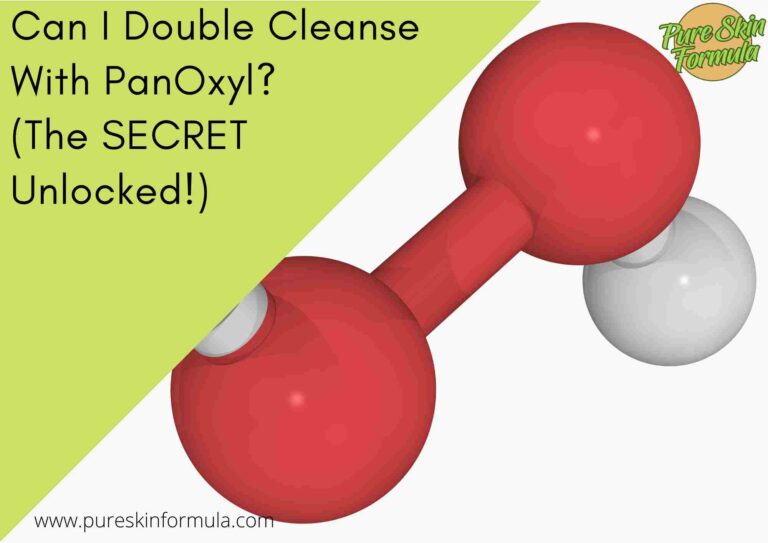Imagine a skincare routine infused with the richness of coconut oil, promising a cleanse and a transformative experience for your skin. In beauty trends, the allure of using coconut oil for double cleansing beckons, promising a natural path to radiant skin.
As we navigate through the lush landscape of this unconventional method, let’s unravel the mysteries, uncover the benefits, and address the considerations, ensuring your quest for a vibrant complexion is informed and delightful.
Can I double-cleanse with coconut oil?
You can double-cleanse with coconut oil, but it may not suit everyone. Coconut oil can effectively remove makeup and impurities during the first cleanse, and a gentle cleanser can be used for the second step.
However, people with oily or acne-prone skin should approach cautiously, as coconut oil can be comedogenic for some. Patch testing is advisable, and alternatives like micellar water or oil-free cleansers may be better suited for certain skin types.
Consider your unique skin needs and consult a dermatologist for personalized skincare advice.
Let’s dig deeper into the topic.
What is double-cleansing?
This skincare technique isn’t just a passing trend; it’s a game-changer for many. At its core, double cleansing is about thoroughly purifying your skin. The aim is first to break down any makeup, sunscreen, and the natural oils your skin produces daily.
After that, you remove all traces of the initial cleanser and any leftover impurities.

Here’s how it typically goes: You start with an oil-based cleanser. Don’t worry too much about the ‘oil’ part – it’s your friend in this scenario. Oil cleansers are gentle yet efficient at dissolving similar substances on your face. Remember chemistry class? ‘Like dissolves like.’ That’s the principle right here.
What’s important to note is that double cleansing doesn’t rely on one-size-fits-all. Your skin type – oily, dry, combination, or sensitive – dictates your approach.
An oil cleanser might be a blessing for someone with dry skin, keeping their skin from feeling stripped. But the wrong kind of oil could spell disaster for another with oily and acne-prone skin.
Now, I’m leading you to an intriguing part: What if that oil cleanser was as common as coconut oil? You might have heard about its natural benefits. But is it the skin hero some claim it to be?
In the next section, I will delve into that and find out if coconut oil can play the starring role in your double cleansing routine without causing a breakout encore.
Coconut oil: natural wonder or comedogenic culprit?
So, you’ll learn about coconut oil and if it lives up to the hype as a superhero in the skincare arena. Coconut oil is often lauded for its moisturizing and antibacterial properties, which stem from its high concentration of fatty acids such as lauric acid.
In addition to being a kitchen staple, it’s been used traditionally for various skin conditions due to its soothing and repairing qualities.
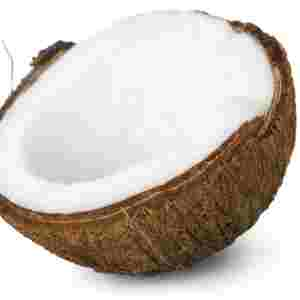
However, this isn’t just about singing praises but also about getting to the crux of conflicting opinions. There’s a prevailing myth that coconut oil works miracles for all skin types, but the truth is more nuanced.
While some people experience benefits, others face breakouts due to its potential to clog pores – a process known as comedogenesis.
The comedogenic scale is a handy reference to predict if an oil could block your pores, leading to acne and skin irritation. Coconut oil ranks relatively high on this scale, which means it has a greater likelihood of causing issues for those with acne-prone or sensitive skin.
Before introducing coconut oil to your skincare regimen, consider expert dermatological advice. Acknowledging individual skin differences and understanding your skin’s needs is the cornerstone of effective skincare.
I’ll guide you through identifying your skin type and how it might respond to coconut oil as a cleanser – setting up the foundation for our next topic on the pros and cons of coconut oil as a first cleanse.
The pros and cons of coconut oil as a first cleanse
I will get into the nitty-gritty of using coconut oil as the first step in your double-cleansing routine. Yes, it’s a natural ingredient that’s readily available, but don’t rush to your kitchen just yet.

Coconut oil has a talent for breaking down the oils from makeup and sunscreen that merge with your skin by the end of the day. This means it could effectively loosen up all that gunk without harsh rubbing.
But it’s not all perfect. As mentioned, coconut oil is known for clogging pores in some people, potentially leading to breakouts, especially if you’re prone to acne or have oily skin.
While some rave about its moisturizing prowess, others caution against the unsightly breakouts it triggers.
Don’t let this dampen your spirits, though. If coconut oil isn’t your skin’s ally, I’ve got good news. An abundance of oil-based cleansers on the market is formulated to be non-comedogenic and suitable for various skin types.
So, coconut oil can be a double-edged sword: a moisturizing marvel for some and a pore-clogging conundrum for others. Understanding your skin’s unique needs before incorporating coconut oil into your cleansing ritual is crucial.
Best practices for double cleansing with coconut oil
So, you’re ready to give a shot at double cleansing with coconut oil? Here’s how to navigate the process. Start with a small amount; you’re not frying up a snack, so a teaspoon should do. Gently massage the oil into your skin circularly, ensuring you dissolve all the makeup and sunscreen.
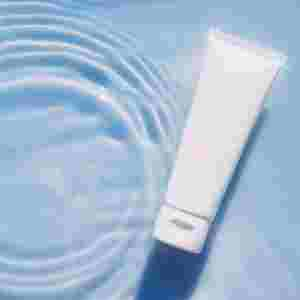
Now, don’t just stop there. Choosing the right secondary cleanser—preferably a water-based one—is crucial. This step will help wash away residual oil and free up impurities, leaving your skin clean and refreshed without the greasy aftermath.
Remember, everyone’s skin reacts differently. If you have a history of acne or sensitive skin, consult your dermatologist first. They may suggest patch testing or specific products tailored to your skin’s needs.
Finally, here’s the cherry on top: don’t forget to follow up with your usual skincare regime – toning, moisturizing, and applying SPF during the day.
Consistency is key; with time, you’ll better understand how coconut oil fits into your routine. You can always adjust your approach down the road if you notice any changes in your skin’s condition.
Incorporating coconut oil into your double-cleansing routine doesn’t have to be daunting. Choose something that resonates with you, and it could start a beautiful friendship with your skin. Keep an eye out for how your skin feels and reacts—that’s your truest guide.
To wrap it up
Double cleansing with coconut oil is a viable option for many, offering natural benefits and efficient makeup removal. However, it’s crucial to acknowledge that individual skin types vary, and what works for one may not suit another.
Consider your skin’s specific needs, conduct patch tests, and be attentive to adverse reactions. Alternative cleansing methods may be more suitable for those with concerns like acne-prone or oily skin.
Embrace the experimentation cautiously, seek professional advice, and remember that the key to radiant skin lies in a personalized approach tailored to your unique complexion.
Thank you for reading!
Valeria

